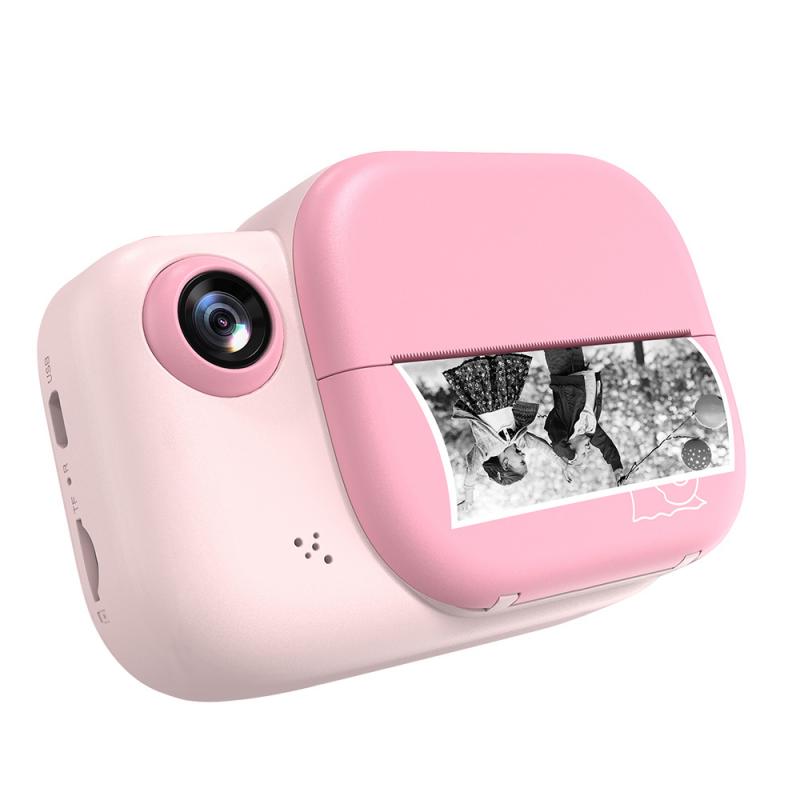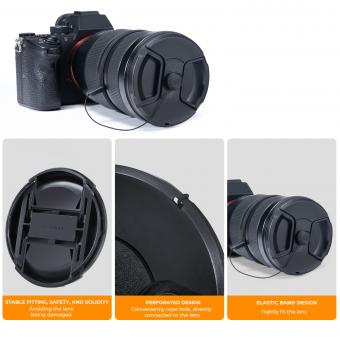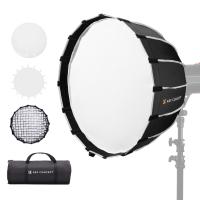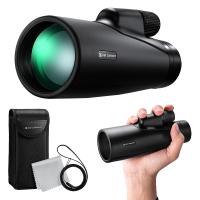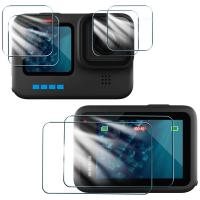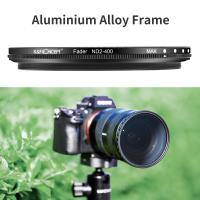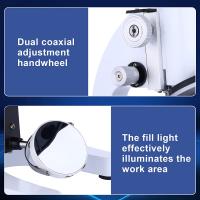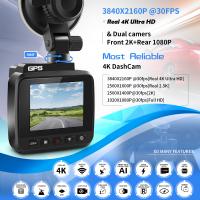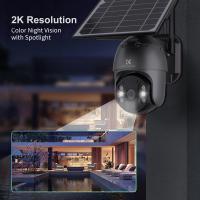How To Use A Polaroid Camera ?
Using a Polaroid camera is relatively simple. First, make sure you have a pack of Polaroid film that is compatible with your camera model. Load the film into the camera by following the instructions provided with the film pack. Once the film is loaded, turn on the camera and adjust the settings if necessary.
To take a photo, frame your subject in the viewfinder and press the shutter button. After taking the photo, wait for the image to develop. The development time can vary depending on the specific film type, so refer to the instructions for an estimated time. Avoid touching or shaking the photo during development to prevent smudging.
Once the image has fully developed, remove it from the camera. Polaroid photos have a protective layer that needs to be peeled off, so carefully remove this layer to reveal the final image. Allow the photo to dry completely before handling or storing it.
Remember to keep your Polaroid camera and film in a cool, dry place to ensure the best results. Experiment with different lighting conditions and compositions to capture unique instant photos.
1、 Loading film into a Polaroid camera
Loading film into a Polaroid camera is a simple process that allows you to capture instant photos and experience the joy of instant gratification. Here's a step-by-step guide on how to load film into a Polaroid camera:
1. Choose the right film: Polaroid cameras use specific types of film, so make sure you have the correct film for your camera model. The latest Polaroid cameras, such as the Polaroid Now or OneStep+, use i-Type or 600 film.
2. Open the film door: Locate the film door on the back of the camera and gently open it. Some cameras may have a latch or button to release the door.
3. Insert the film cartridge: Take the film cartridge out of its packaging and align the yellow film door markers on the cartridge with the markers inside the camera. Insert the cartridge into the camera until it clicks into place.
4. Close the film door: Carefully close the film door, ensuring it is securely shut. This step is crucial to prevent light leaks that could ruin your photos.
5. Pull the film cover: Once the film is loaded, pull the film cover tab gently until it stops. This action will eject the film cover and prepare the camera for the first shot.
6. Take your first photo: Aim the camera at your subject, press the shutter button, and wait for the photo to develop. The latest Polaroid cameras have built-in light meters and autofocus, making it easier to capture great shots.
Remember to store any unused film in a cool, dry place, away from direct sunlight. Loading film into a Polaroid camera is a straightforward process that allows you to enjoy the unique experience of instant photography. So grab your camera, load some film, and start capturing memories that you can hold in your hands instantly.
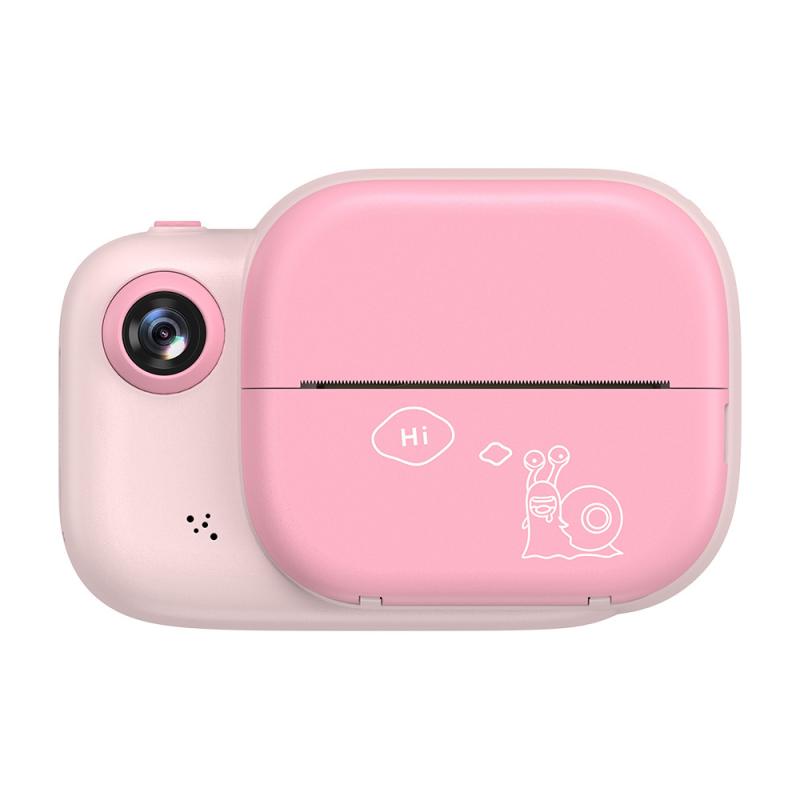
2、 Adjusting exposure settings on a Polaroid camera
Adjusting exposure settings on a Polaroid camera is a crucial step in capturing the perfect shot. With the resurgence of instant photography, Polaroid cameras have become increasingly popular among photography enthusiasts. These cameras offer a unique and nostalgic experience, allowing users to instantly print their photos.
To adjust exposure settings on a Polaroid camera, follow these steps:
1. Understand the camera: Familiarize yourself with the specific model of your Polaroid camera. Each model may have slightly different controls and settings.
2. Assess lighting conditions: Before taking a photo, evaluate the lighting conditions of your surroundings. Is it bright and sunny, or dimly lit? This will help you determine the appropriate exposure settings.
3. Adjust the exposure compensation: Many Polaroid cameras have an exposure compensation dial or button. This allows you to manually adjust the exposure to compensate for different lighting conditions. If it's a bright day, you may need to decrease the exposure, while in low-light situations, you may need to increase it.
4. Experiment with different settings: Don't be afraid to experiment with different exposure settings to achieve the desired effect. Take a few test shots and evaluate the results. This will help you understand how your camera responds to different lighting conditions.
5. Consider using a flash: If you're shooting in low-light situations, using a flash can help illuminate your subject. Some Polaroid cameras have a built-in flash, while others may require an external flash attachment.
6. Practice and learn from experience: The more you use your Polaroid camera, the better you'll become at adjusting exposure settings. Take the time to practice and learn from your experiences to improve your photography skills.
In conclusion, adjusting exposure settings on a Polaroid camera is essential for capturing high-quality instant photos. By understanding your camera, assessing lighting conditions, and experimenting with different settings, you can achieve the desired exposure and create stunning Polaroid prints.
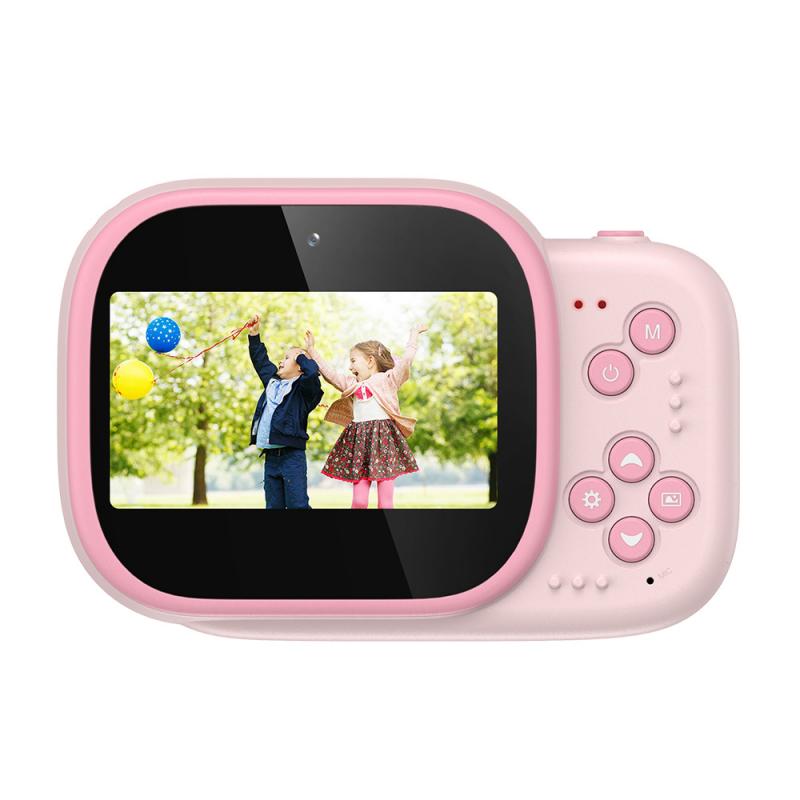
3、 Framing and composing shots with a Polaroid camera
Framing and composing shots with a Polaroid camera is a fun and creative process that allows you to capture instant memories. Here's a guide on how to use a Polaroid camera effectively:
1. Load the film: Start by inserting the film pack into the camera. Make sure to follow the specific instructions for your camera model, as the loading process may vary.
2. Understand the viewfinder: Polaroid cameras usually have a viewfinder that shows a slightly different perspective than the actual photo. Take some time to get familiar with how the viewfinder aligns with the final image.
3. Consider the lighting: Lighting plays a crucial role in photography. When using a Polaroid camera, it's important to be mindful of the lighting conditions. Avoid shooting directly into bright sunlight, as it can result in overexposed images. Instead, look for diffused or natural light for better results.
4. Compose your shot: Take a moment to think about the composition of your photo. Consider the subject, background, and any other elements you want to include. Experiment with different angles and perspectives to add interest to your shots.
5. Focus on the subject: Polaroid cameras have a fixed focus, so it's important to position yourself at an appropriate distance from the subject. Generally, it's best to be around 4-5 feet away for optimal focus.
6. Press the shutter: Once you have framed your shot and are satisfied with the composition, gently press the shutter button. Remember, with a Polaroid camera, you only have one chance to capture the moment, so make it count!
7. Allow the photo to develop: After taking the photo, be patient and allow the image to develop. The development time can vary depending on the camera and film type, but it usually takes a few minutes. Avoid shaking or bending the photo during this process.
8. Enjoy your instant photo: Once the photo has fully developed, you can enjoy your instant print! Polaroid photos have a unique vintage charm that adds character to your memories.
Remember, using a Polaroid camera is all about embracing the spontaneity and imperfections of instant photography. So, don't be afraid to experiment, have fun, and capture moments that will last a lifetime.
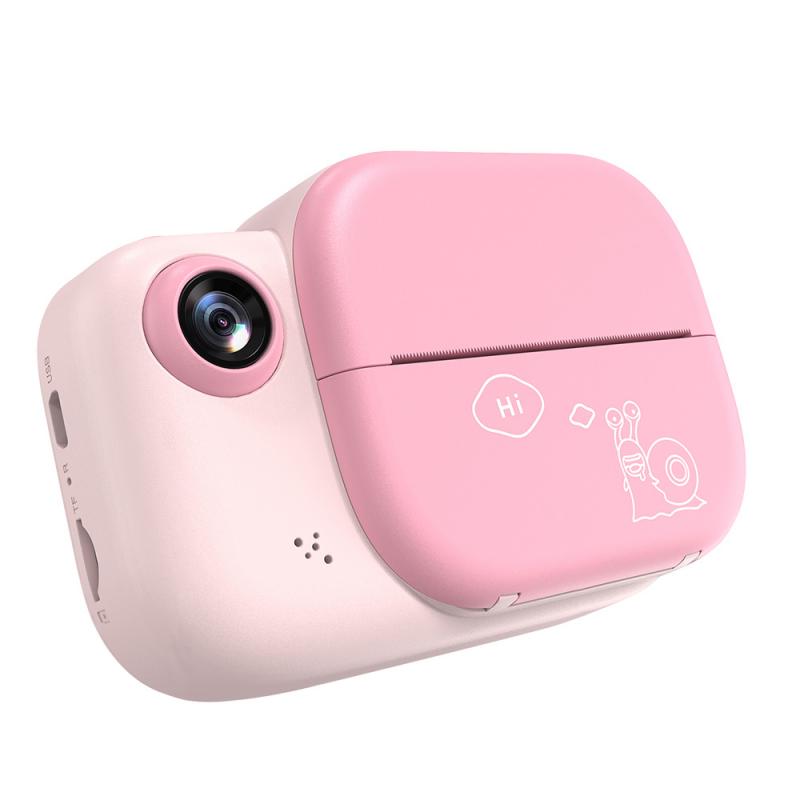
4、 Taking photos with a Polaroid camera
Taking photos with a Polaroid camera has become increasingly popular in recent years, as people seek a nostalgic and tangible way to capture moments. If you're new to using a Polaroid camera, here's a guide on how to use it effectively.
1. Load the film: Open the back of the camera and insert the film pack. Make sure it is securely in place before closing the back.
2. Turn on the camera: Most Polaroid cameras have a power button or switch. Once turned on, the camera will be ready to use.
3. Frame your shot: Look through the viewfinder or use the LCD screen (if available) to compose your photo. Keep in mind that Polaroid cameras have a fixed focal length, so you may need to move closer or further away to achieve the desired composition.
4. Focus: Some Polaroid cameras have autofocus capabilities, while others require manual focusing. If manual, adjust the focus ring until your subject appears sharp.
5. Press the shutter button: Once you're satisfied with the composition and focus, press the shutter button to take the photo. The camera will eject the film, and the image will gradually appear on the film.
6. Wait for the photo to develop: Polaroid film takes a few minutes to fully develop. Keep the photo away from direct sunlight or excessive heat during this time.
7. Enjoy your instant photo: Once the photo has developed, you can admire it and share it with others. Polaroid photos have a unique vintage aesthetic that many people find appealing.
Remember, using a Polaroid camera is all about embracing the unpredictability and imperfections of instant film photography. Experiment with different lighting conditions, angles, and subjects to create unique and memorable photos.
